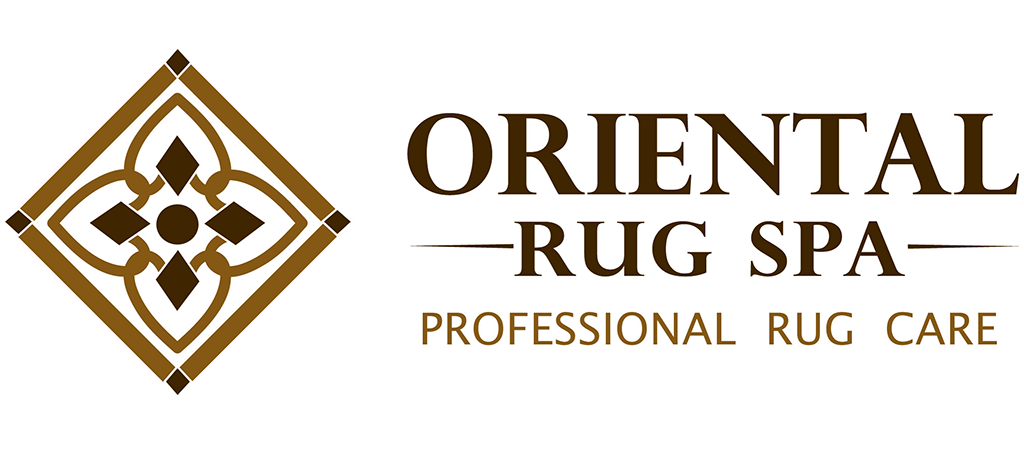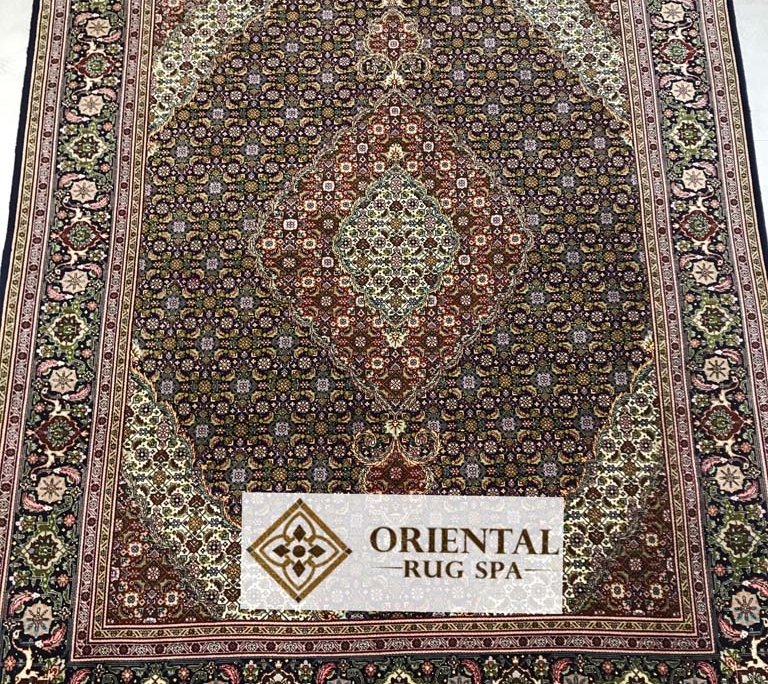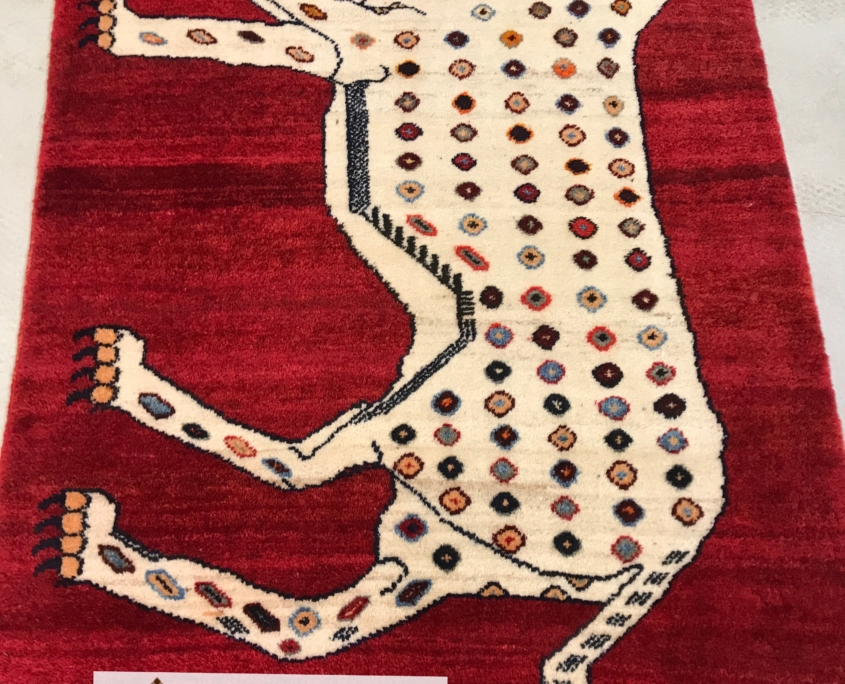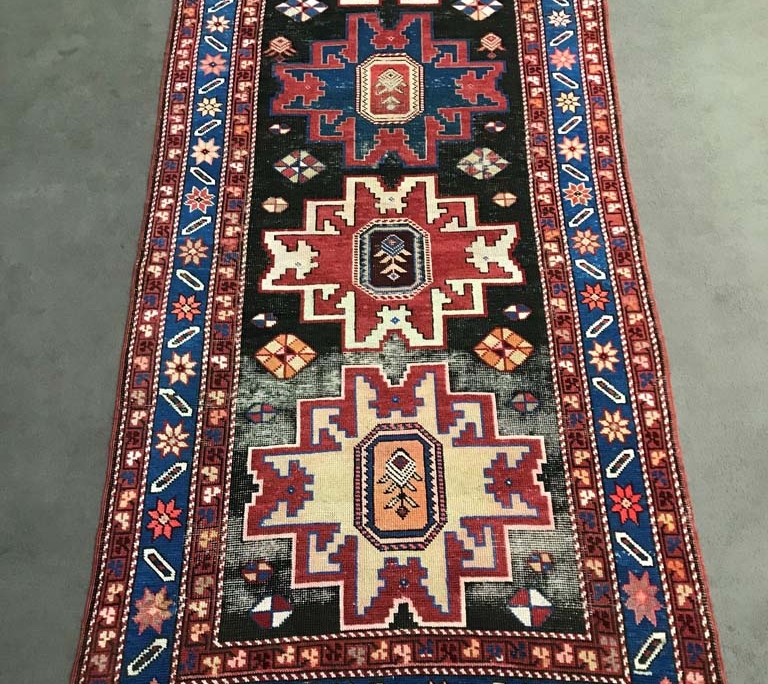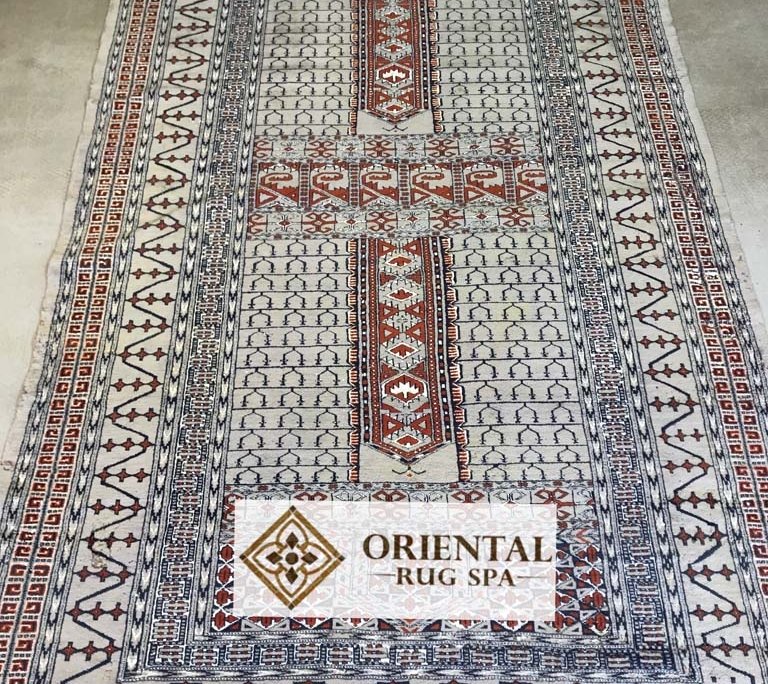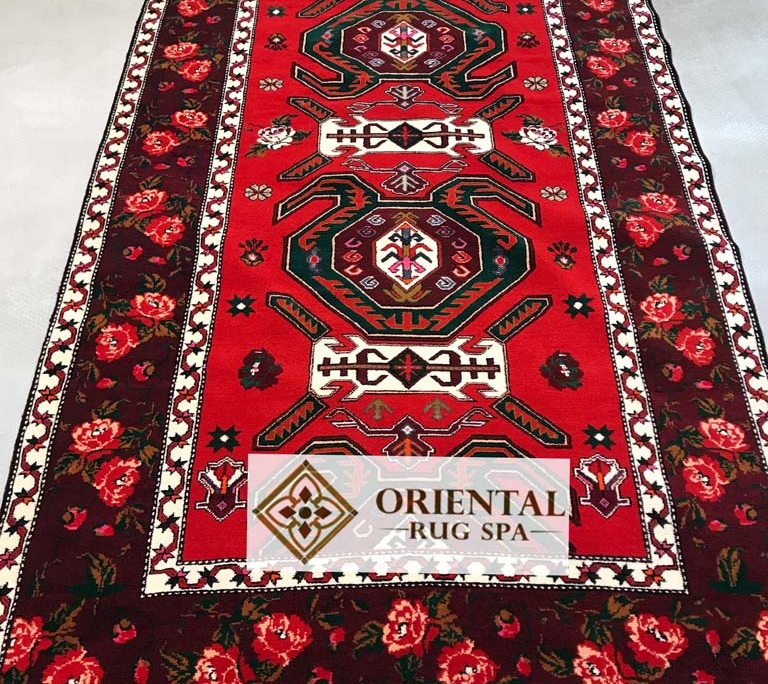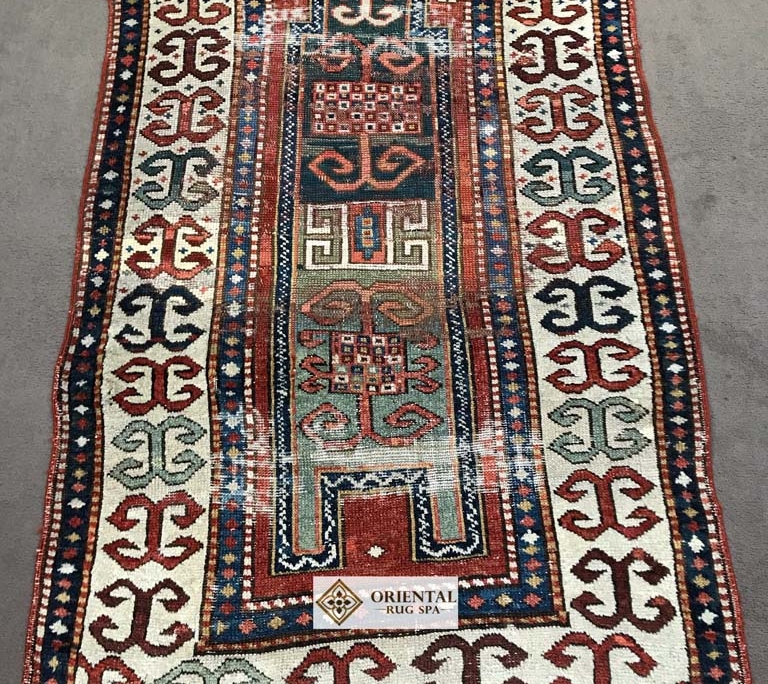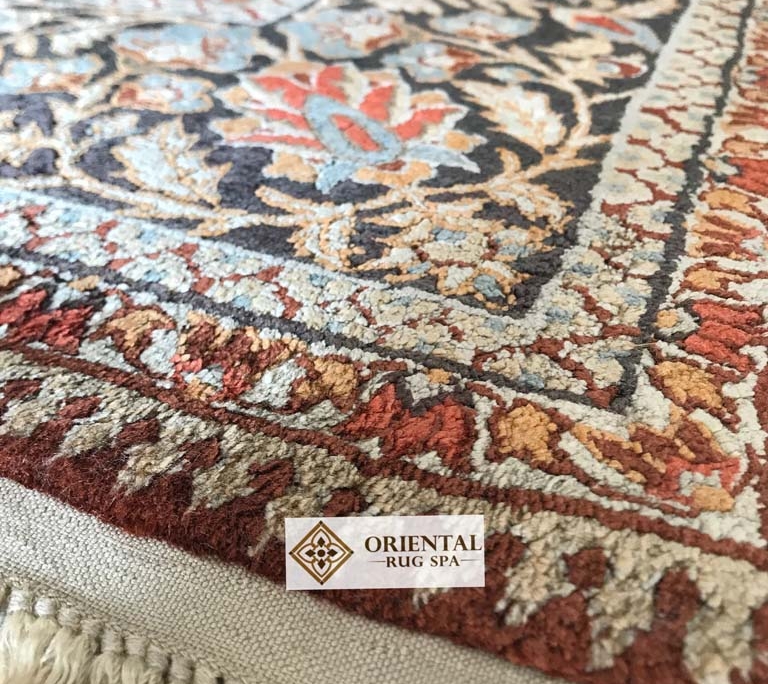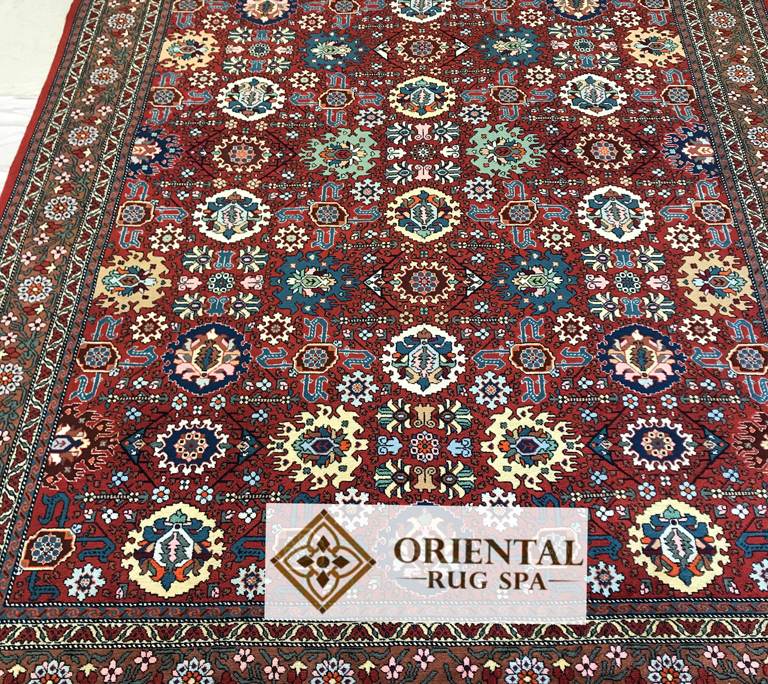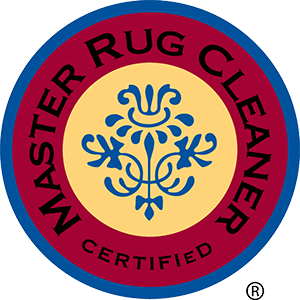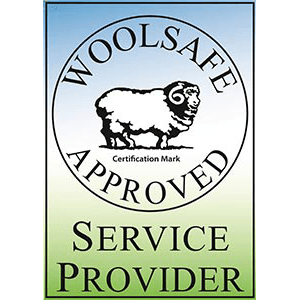Rug Cleaning Lichfield
Oriental Rug Spa offer a specialist Persian, Oriental and Turkish rug cleaning for Lichfield, West Midlands. We also offer a rug repair service. If you own a dirty or soiled rug that needs professional cleaning, then why not give us a call on 01276 423 150. We can arrange collection and delivery for you. The rug wash process required can differ from rug to rug, so we offer various methods of rug cleaning, from full immersion washing to dry cleaning. All rug fibres can be cared for – wool, cotton, silk, viscose, rayon. We can carry out a pet stain and odour treatment, moth treatment and apply a fibre protection to resist against soiling and staining. We have extensive experience with cleaning antique rugs and rugs with unstable dyes and offer a rug repair service, including fringes, sides and pile reweaving.
Chinese Rug
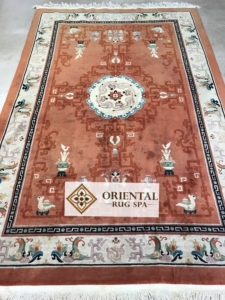
Chinese
Chinese rugs have a rich history and cultural significance that dates back centuries. These rugs are renowned for their intricate designs, high-quality craftsmanship, and the use of vibrant colours, often reflecting the traditions and artistic expressions of various Chinese dynasties.
Types of Chinese Rugs
1. Silk Rugs: These are among the most luxurious and sought-after, known for their soft texture and lustrous appearance. Silk rugs often feature intricate patterns and can take a long time to produce due to the detailed hand-knotting process.
2. Wool Rugs: Made from high-quality wool, these rugs are durable and warm. They can feature a variety of designs, from traditional Chinese motifs to modern interpretations.
3. Flatweave Rugs: Also known as “kilim” rugs, these have a flat surface without a pile and are typically lighter and easier to clean. They are often used in less formal settings.
Chinese rugs are famous for their distinctive designs, which often include floral motifs such as peonies, chrysanthemums, and lotuses, which carry various symbolic meanings in Chinese culture. Animals – designs may feature symbolic animals like dragons, phoenixes, and turtles, each representing different virtues and cultural significance. Geometric patterns which are often found in more modern interpretations, these can range from simple shapes to complex mosaics.
The traditional production of Chinese rugs involves meticulous hand-knotting, where each knot is tied individually, contributing to the rug’s unique design. The quality of a rug is often measured by the number of knots per square inch—more knots usually indicate greater detail and effort involved in the creation.
Rugs have played a significant role in Chinese culture, often used in homes for both practical purposes and as decorative items to convey status. They can be found in temples, palaces, and homes, serving as symbols of wealth and artistic appreciation.
To maintain the beauty and longevity of Chinese rugs, it’s recommended to avoid direct sunlight, which can fade colours.
Regularly vacuum without a beater bar to remove dust.
Seek professional cleaning for deep stains or periodic maintenance.
